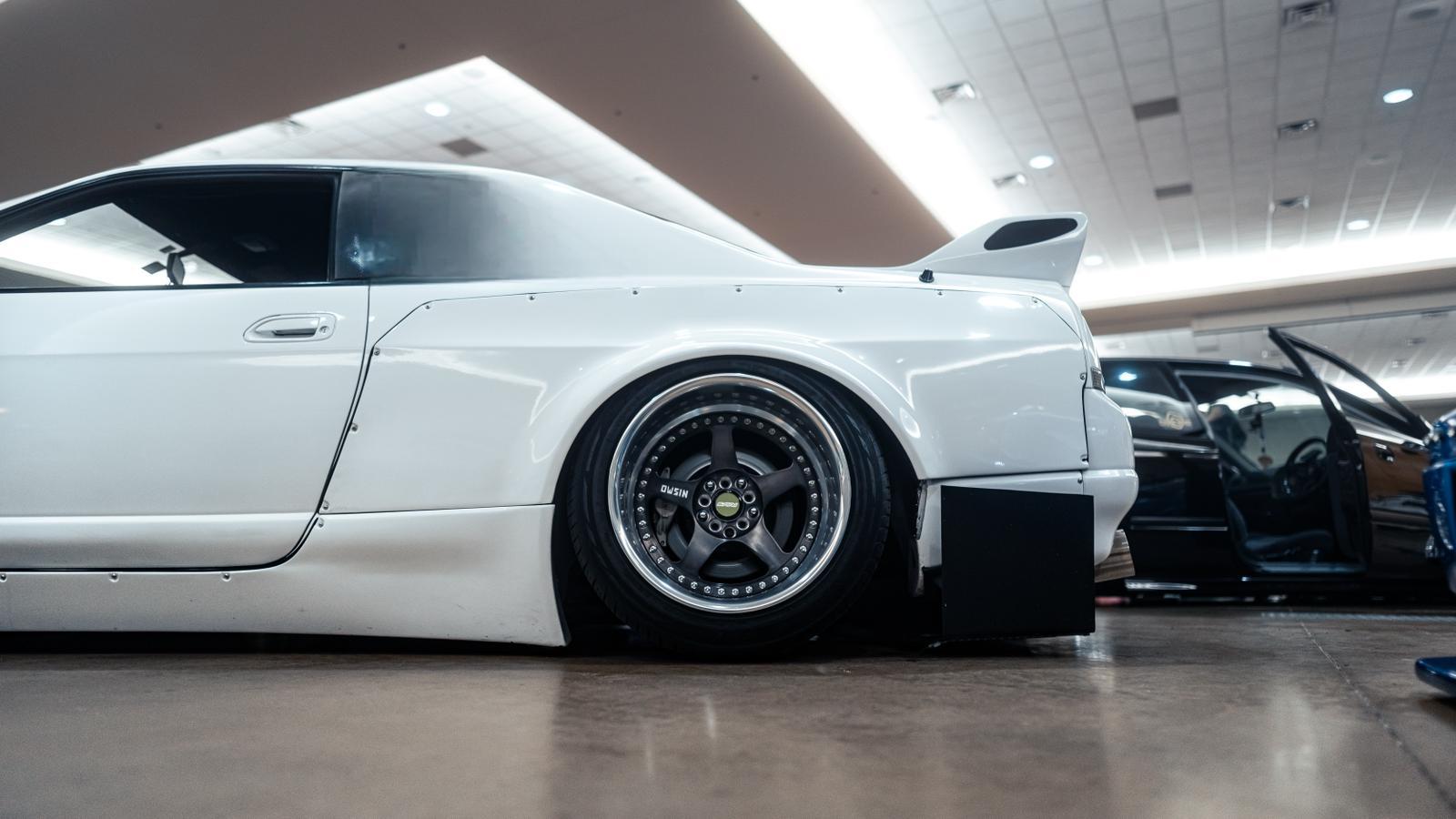Lowering the vehicle (commonly referred to as “stance lowering”) affects the flush fitment of wheels (e.g., offset, tire width, and wheel diameter) in several ways:

1. Clearance Between Tires and Fenders
- Lowering the vehicle reduces the gap between the tires and the fenders. If the wheel offset (ET value) is too large or the wheel width is too wide, it may cause interference between the tires and the fenders or inner liner.
- Improper wheel and tire selection can lead to rubbing issues after lowering, especially on bumpy roads or during turns.
2. Suspension Geometry Changes
- Lowering the car alters the suspension geometry, potentially causing misalignment of the wheel positioning.
- Negative camber may increase, which can enhance certain handling characteristics but accelerate wear on the inner edges of the tires.
3. Adjustment of Tire and Wheel Specifications
- Offset (ET value): When lowering the car, it’s critical to calculate the offset precisely to ensure the wheels do not stick out excessively (causing interference with the fenders) or sit too far inward (interfering with suspension components).
- Wheel width and diameter: After lowering the car, the clearance between the wheels and other components (like brake calipers and suspension parts) becomes more critical, so selecting appropriate wheel width and diameter is essential.
- Tire specifications: Lower-profile tires may be needed to avoid rubbing, but this can compromise ride comfort.
4. Impact on Handling
- Lowering the car can improve handling by reducing the center of gravity, but incorrect wheel fitment can lead to understeer or oversteer.
- Wheels that are too narrow or too wide will affect grip and balance.
5. Aesthetics and Legality
- After lowering the car, the flush fitment (how the wheels align with the fenders) becomes more noticeable and significantly impacts the overall appearance.
- In some regions, wheels that stick out too far may violate regulations, so balancing functionality and aesthetics is important.
Adjustment Recommendations:
- Before lowering the vehicle, verify that the wheel offset (ET value), width, and diameter are compatible.
- Measure the clearance between the fender, tire, and wheel after lowering to ensure no interference occurs.
- Consider using custom or adjustable suspension systems (such as coilovers) to fine-tune the height and angles.
- If necessary, use wheel spacers to adjust the wheel’s offset and achieve a flush fitment while maintaining safety.
Balancing aesthetics and functionality is key to achieving a proper modification that meets your needs.
